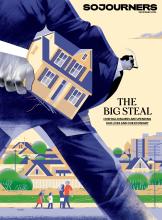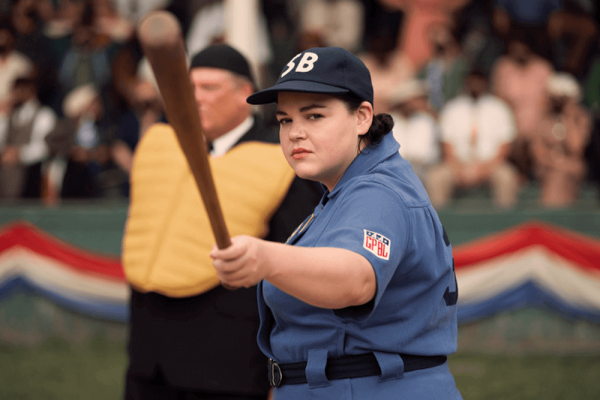Dec 16, 2022
Churches far too often operate under the “male gaze.” The male gaze, a term I'm borrowing from film criticism, always answers the question of “Who is this for?” with “Well, men, of course.” Some congregations, even though they affirm women pastors, worship directors, and singers, still caution them to dress so that the men in the congregation don’t find them “tempting.” The male gaze is always cisgendered and heterosexual, so churches that are formed by the male gaze are structured to be hostile toward queer people (no matter how kind congregants in those churches are to queer individuals).
Read the Full Article

Already a subscriber? Login
